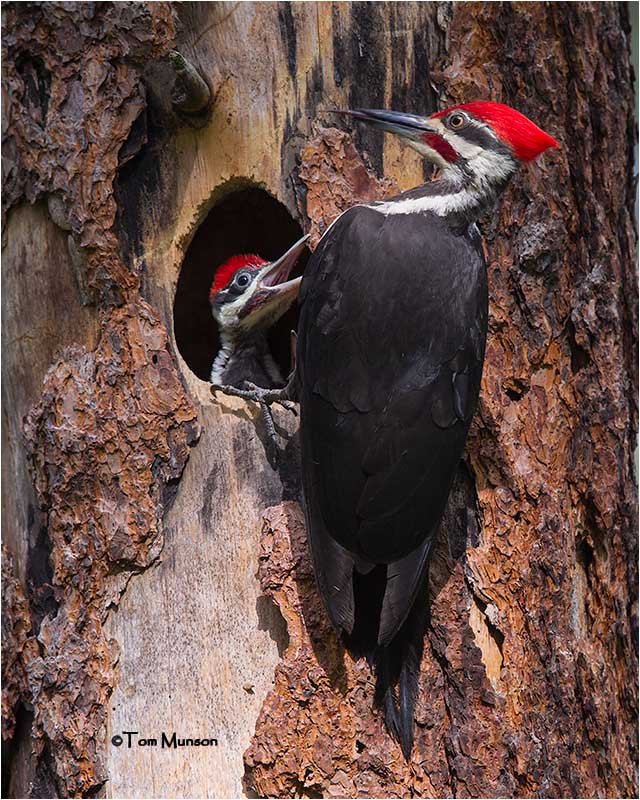I think about bones routinely. Bones are essential and exquisite. They tell our stories and give clues to our pasts. They form and strengthen us and provide surfaces for muscle attachment. Bones reveal our health, age, and gender. They chronical past trauma and separate us from other genera and species.
Bones also color our language with metaphoric meanings. A few examples include bad to the bone, have a bone to pick, worked to the bone, bone up on, and against every bone in my body. When we disagree, we have bones of contention. Something very dry may be described as dry as a bone. If we have a strong sense or emotion about something we feel it in our bones. These expressions reveal the depth, essence, and importance of bones.
We may even reminisce about bones. When was the last time you thought about bones? Most of us have broken some or used bone-y expressions. Not counting poultry wishbones, the first bone I ever broke happened when I slipped on the ice as I walked across Baboosic Lake in New Hampshire as a girl. I landed on my elbow, cracking my olecranon process – the bony protrusion of the ulna (on our lower arm) where the triceps attach. It’s right next to our “funny bone” which is not really a bone at all but the ulnar nerve where it meets the humerus (our upper arm bone) at the elbow. I remember waiting endlessly in the emergency room with my mother who fumed.
Remembering her anger made me ignore my next broken bone − on my right ring finger. This time I was bobsledding down a hill when the sled ran over my finger. I never got an x-ray or a splint and the finger is crooked. Although I ice skated often as a kid and took many tumbles, I never broke a bone skating. All the parks in our town, and many northern towns, were flooded becoming skating rinks during winter. Since childhood, I’ve broken a few teeth (thanks sugar babies and bit-o-honey) and my right ankle. Winter play was not involved in any of those breaks.
In my late 50’s, I learned that I have osteopenia. Osteopenia refers to bone density that is lower than normal density but not quite as low as osteoporosis. My bones are not as dense and strong as those with normal bone density. A few years later, I received even worse news about my bones. In July 2012 I learned that I have multiple myeloma – a cancer arising from the plasma cells in my bone marrow. When active, myeloma can cause soft spots in bone (osteolytic lesions), visible on x-rays. This disease, now in partial remission, is something I had to bone up on.
Even my career required knowledge of bones. Biologists use bones to answer many questions about an animal. We use tooth wear to age ungulates, skulls to key out small mammals, and recognize the unmistakable limb-less skeleton of a snake. Teeth tell a lot about most critters, with the exception of birds who lack teeth. Amphibians have vomerine teeth on the front part of their upper jaw. They use these to hold prey, not for chewing. Turtles lack teeth but have sharp beaks. Most snakes have four rows of teeth on their top jaw and two rows on the bottom. Poisonous snakes have specialized teeth or fangs that connect to venom sacs in their heads.
Birds have lightweight skeletons – a necessity for flight. The long bones of flying birds are hollow with internal struts. A 10-ounce pigeon’s skeleton weighs only a half an ounce. Flightless birds have solid bones and so do many birds who dive for food. Another distinct feature in a flying bird is their large keel, the projection from their breastbone that provides an anchor for powerful flight muscles.
And who can forget the crown of bones that male ungulates, including deer, elk, and moose, sport and regrow every year. Breeding seasons can be tough on these males who use their antlers as weapons against competing males and as sex attractants for females. Imagine wearing a 20-pound hat on your head, using it for a few months, then dropping it once breeding season is over.
A few recent events made me think of another use of the word bone: the verdict of the defendants in the Malheur Refuge takeover and the election of Donald Trump. These two outcomes go against every bone in my body. These results rock my world. But like broken bones, eventually healing ensues.
Bones tell our stories. . .
